A Literary Fairy Tale Syllabus
Books that meld fairy tales with the Gothic, the surreal, the postmodern, and the sublime
Last week, I published a newsletter titled “Fairy Tale as MFA Antidote” about the ways one of humanity’s oldest literary forms breaks all the supposed “rules” of creative writing. I was happy to see how much it resonated, and since some readers asked for fairy tale-inspired fiction recommendations I thought I’d create a little fabulist fiction syllabus here.
My article’s focus was about the ways fabulist techniques can be used in other genres and modes, so I’m going to make this reading list about contemporary writers inspired by fairy tales rather than a list of traditional fairy tales themselves. (That said, two books of German and Italian fairy tales I recommend are The Turnip Princess and Other Newly Discovered Fairy Tales by Franz Xaver von Schonwerth translated by Maria Tatar and Italian Folktales by Italo Calvino translated by George Martin.)
A Literary Fairy Tale Syllabus
The Bloody Chamber by Angela Carter
It would feel wrong to start anywhere other than Carter’s classic The Bloody Chamber, her collection of feminist fairy tale retellings. The book includes versions of stories you’re likely very familiar with like “Little Red Riding Hood” and “Beauty and the Beast,” but written with a dark eye and feminist bent as well as Carter’s lush, gothic sentences. A good example of how you can write fairy tales in a very non-fairy tale prose style. Particular favorites are “The Tiger’s Bride” (“Beauty and the Beast” with a surprise ending) and the titular novella, a retelling of the Bluebeard fairy tale.
There Once Lived a Woman Who Tried to Kill Her Neighbor's Baby: Scary Fairy Tales by Ludmilla Petrushevskaya (translated by Keith Gessen and Anna Summers)
As the title and subtitle imply, Petrushevskaya writes dark contemporary fairy tales. Plenty of gallows humor and Russian stoicism. I loved it. In terms of techniques, many of these tales take place in more contemporary settings yet retain the fairy tale form.
My Mother She Killed Me, My Father He Ate Me edited by Kate Bernheimer
I mentioned Kate Bernheimer’s fairy tale scholarship in my article, and it’s probably no surprise that her anthology is an excellent place to start for contemporary fabulist authors. Just look at the list of contributors: Ludmilla Petrushevskaya (see above), Kelly Link (see below), Aimee Bender, Michael Cunningham, and many more.
The Changeling by Victor LaValle
One of the best fantasy novels in recent history, LaValle’s 2018 World Fantasy Award-winning novel The Changeling is an impressive mix of fabulism, social realism, and horror. There’s plenty to love in this novel, but from a craft perspective LaValle’s ability to meld fabulism and realism—two modes that are quite tricky to combine—is extremely impressive.
Snow White by Donald Barthelme
Snow White is what you’d expect if you are familiar with Barthelme’s work: the story of Snow White retold with experimental playfulness, metafictional techniques, and lots of gorgeous language. If you are trying to figure out how to combine the fairy tale form with postmodernism, start here.
Cosmicomics by Italo Calvino (translated by William Weaver)
Early in Italo Calvino’s career he went around, Brothers Grimm style, collecting Italian folktales. This fabulist influence can be seen in most of his fiction, and a really interesting example is Cosmicomics. These are basically science fiction fairy tales—two genres most wouldn’t think to combine. Calvino takes actual scientific theories and principles like the big bang or the evolution of dinosaurs and weaves surprising and lovely little fables from them.
The Complete Stories of Leonora Carrington by Leonora Carrington
Carrington is probably more famous for her Surrealist paintings than her writing, but her stories are excellent surrealist tales with a heavy dose of fabulism. They’re perfect companions to her paintings, containing the same darkness, weirdness, and fantasy imagery.
Collected Stories by Gabriel Garcia Marquez
I doubt any of my readers need an introduction to Marquez, perhaps the most famous Latin American author ever. But if you’ve only read his novels and not his stories, correct that. Magical realism of the Marquez variety was heavily influenced by traditional fairy tales and Marquez is a masterful short story writer.
White Is for Witching by Helen Oyeyemi
You could place every single Oyeyemi book on this list. Oyeyemi has built a career out of retelling fairy tales as modern literary novels. She has Boy, Snow, Bird (Snow White), Gingerbread (Hansel and Gretel), Mr. Fox (Bluebeard), and more. But my favorite remains White Is for Witching, which is a fairy tale-inflected haunted house story and a good example of blending fabulism with horror.
Revenge: Eleven Dark Tales by Yoko Ogawa (translated by Stephen Snyder)
Ogawa’s Revenge isn’t a collection of fairy tale retellings or specifically fabulist. But it’s one of my favorite story collections in any genre, and I think Ogawa deploys a lot of fairy tale techniques—like flatness and dreamlike logic—in these “dark tales.”
The Changeling by Joy Williams
Williams’s 1978 sophomore novel famously almost derailed her career after a reviewer trashed it in the New York Times. Thankfully, this ethereal and gorgeous novel—based, yes, on the changeling tale—has come back in favor and found readers that appreciate it’s unique and dreamy vibe.
White Cat, Black Dog by Kelly Link
Since I’m talking about contemporary fairy tales, it seems appropriate to end with a 2023 book. Link is widely (and correctly) known as one of America’s greatest short story practitioners, and the influence of fairy tales can be seen in all of her collections. Her forthcoming book opens with a terrific new fairy tale involving a rich patriarch, magical nuts, and weed-growing cats. I won’t spoil any more. Check it out when it’s published in March.
I’ve hit the length cap for this post and twelve books seems like a fairy tale-appropriate number. So I’m going to stop here. I could list another dozen books easily—I’d also recommend Stories for Nighttime and Some for the Day by Ben Loory, any collection of Etgar Keret’s, The Unfinished World by Amber Sparks, any issue of The Fairy Tale Review, etc.
Lastly, my agent would probably kill me if I didn’t say that my story collection, Upright Beasts, contains more than a few fairy tales. Some I think are pretty okay.
The above books should give you a good overview of contemporary fabulists and some ways fairy tale techniques can be combined with other genres and modes. The above collections contain Gothic fairy tales, science fiction fairy tales, postmodern fairy tales, and more.
Now, follow those breadcrumbs into the dark, dark woods…
(And of course I welcome reader recommendations in the comments)
If you like this newsletter, consider subscribing or checking out my recent science fiction novel The Body Scout that The New York Times called “Timeless and original…a wild ride, sad and funny, surreal and intelligent.”





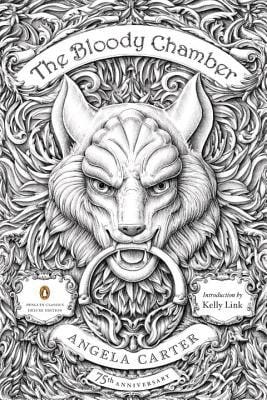


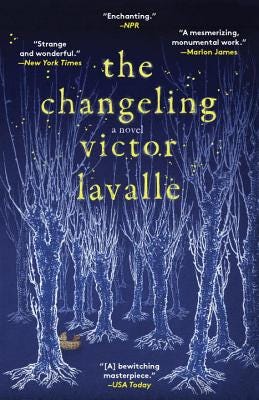

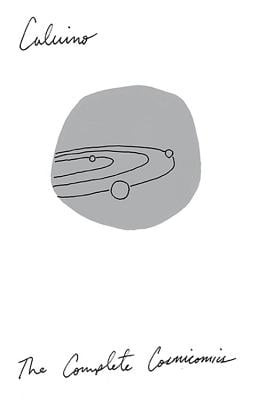
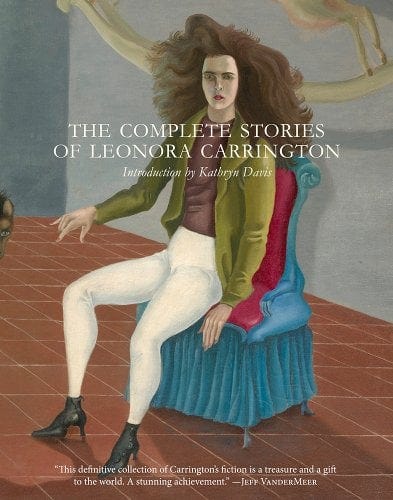
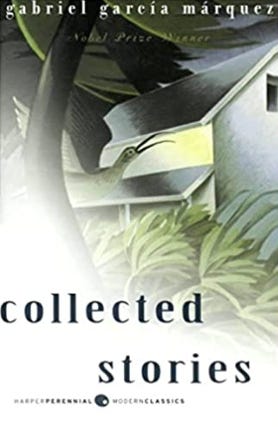
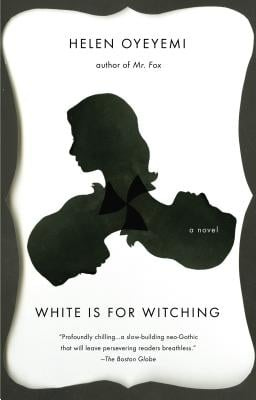




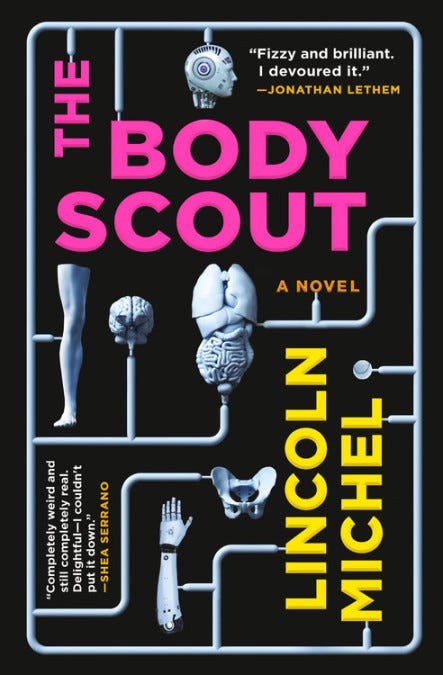
Nice list and the suggestions resonate with me: Collected Stories by Gabriel Garcia Marquez: I have that book and love it. As a matter of fact I love all of his books. His last novella is also a wonderful book that I cherish: "Memoria de mis putas tristes" = Memories of My Melancholy Whores. I absolutely adore that writer. "El coronel no tiene quien le escriba" = No One Writes to the Colonel is another novella of his that I love.
Great list!